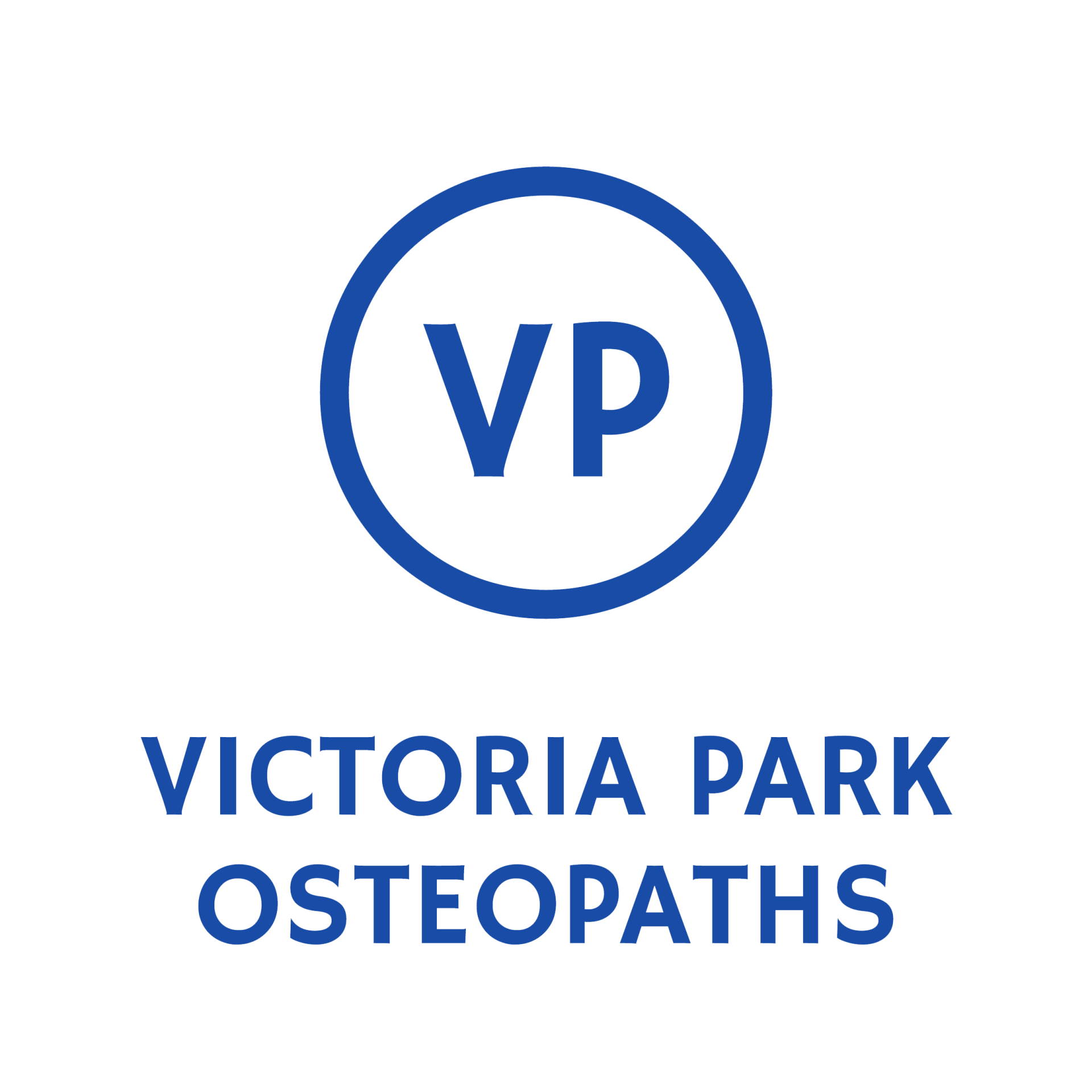What is Subacromial Impingement?
Subacromial impingement occurs when the structures that pass through the subacromial space — typically the rotator cuff tendons and the subacromial bursa — become compressed or irritated between the top of the arm bone (humerus) and the bony arch of the shoulder blade (acromion).
It is one of the most common causes of shoulder pain and may be linked with bursitis, rotator cuff irritation, or poor movement mechanics.
Symptoms & What You May Experience
You may notice:
- Pain at the front or side of the shoulder
- Discomfort when lifting the arm (especially above shoulder height)
- A painful arc between 60–120° of elevation
- Pain when reaching behind the back or across the body
- Weakness when lifting or rotating the arm
- Night pain or difficulty lying on the affected side
- Occasional clicking or catching
Symptoms often worsen with repetitive overhead activity or sustained postures.
What causes Rotator Cuff Tear?
The following factors may contribute:
- Overuse or repetitive lifting
- Weakness or imbalance in rotator cuff or shoulder blade muscles
- Poor posture (rounded shoulders/forward head)
- Thickening of the bursa or tendon inflammation
- Previous shoulder injury
- Restricted thoracic spine or rib mobility
- Occupational or sport-related strain (e.g. swimming, decorating, weight training)
Sometimes the space itself is reduced due to postural changes or altered joint mechanics.
How We Help (At Victoria Park Osteopaths)
Treatment focuses on reducing irritation and improving joint movement and muscle function:
- Manual therapy to the shoulder, thoracic spine, neck, and ribs
- Soft tissue techniques for rotator cuff, deltoid, pecs, and upper back muscles
- Joint mobilisation to improve space and glide in the shoulder comple
- Rehabilitation exercises to strengthen rotator cuff and scapular stabilisers
- Posture retraining to reduce compression
- Activity and load modification advice
- Guidance on home stretches, taping, or adjunct therapies if appropriate
Our goal is to restore pain-free movement and prevent recurrence.
Recovery Time & What to Expect
- Mild cases: 4–6 weeks
- Moderate cases: 6–12 weeks with rehab
- Persistent cases may take longer if tendinopathy or bursitis is present
- Early intervention prevents chronic irritation or rotator cuff tear progression
Consistency with strengthening and posture work is key to long-term recovery.
When to Seek Medical Review / Red Flags
You should seek further assessment if:
- Pain is severe and unrelenting
- You experience sudden weakness or loss of movement
- There is swelling, redness, or signs of infection
- No improvement after a structured period of rehab
- You develop pain following trauma or fall
Referral for imaging, injection, or specialist opinion may occasionally be appropriate in resistant cases.


